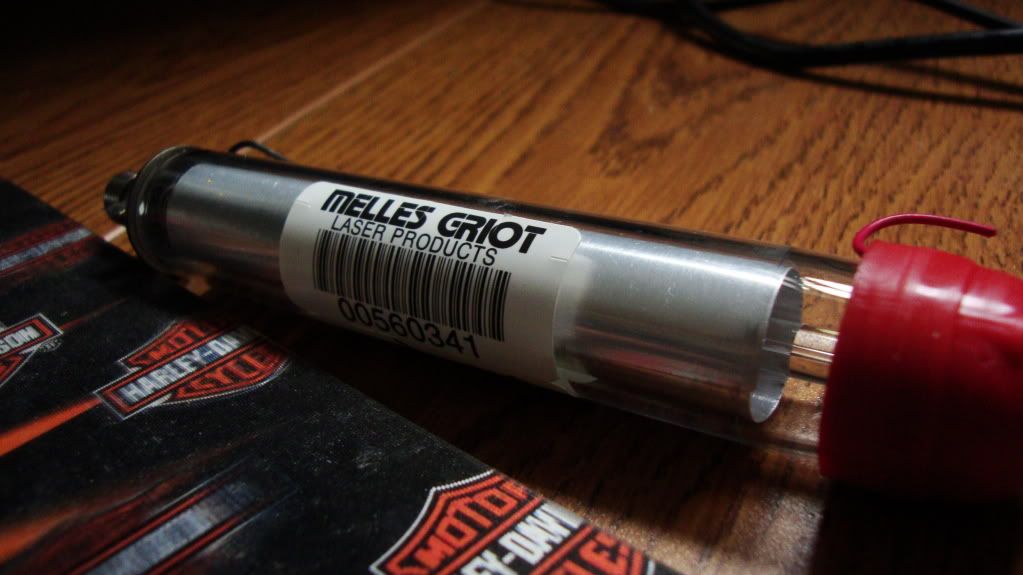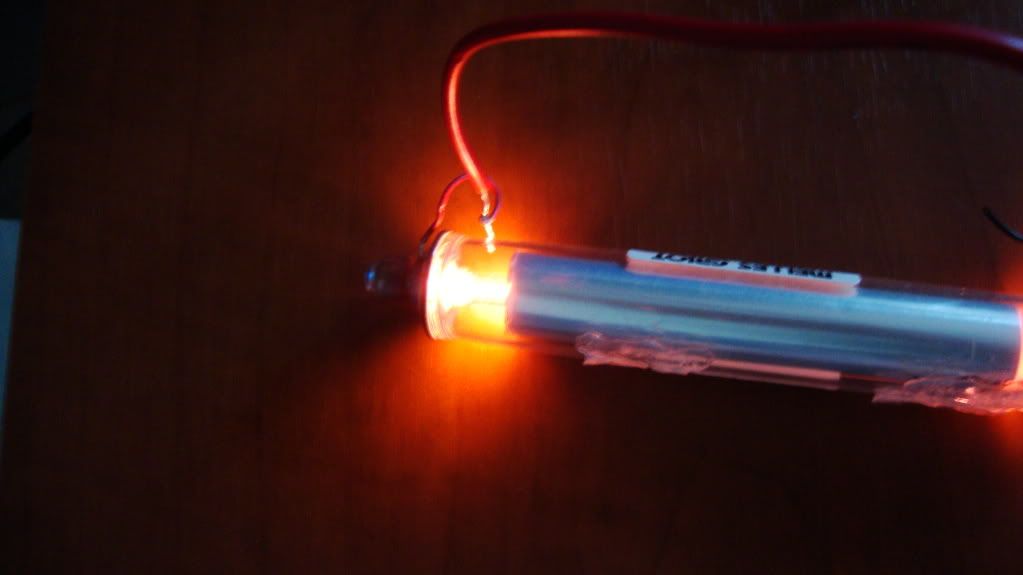- Joined
- Aug 22, 2009
- Messages
- 404
- Points
- 0
hi all,
i have a HeNe laser i got off ebay for $25 w/ pwr supply i was wondering if there is any way of removing the outer tube thingy its in revealing the laser tube in all its laser tubey good ness
oh yeah i have pics!
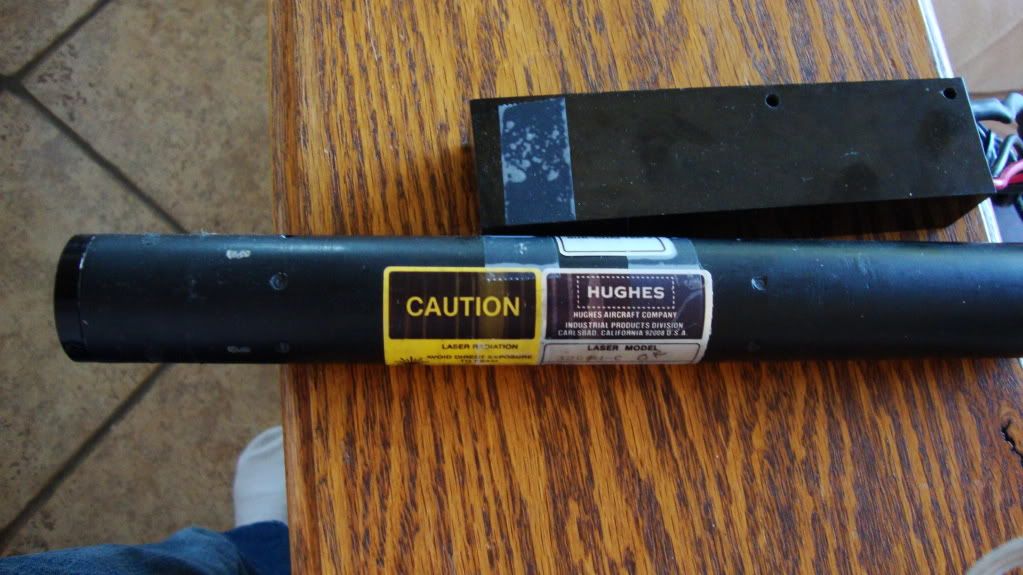
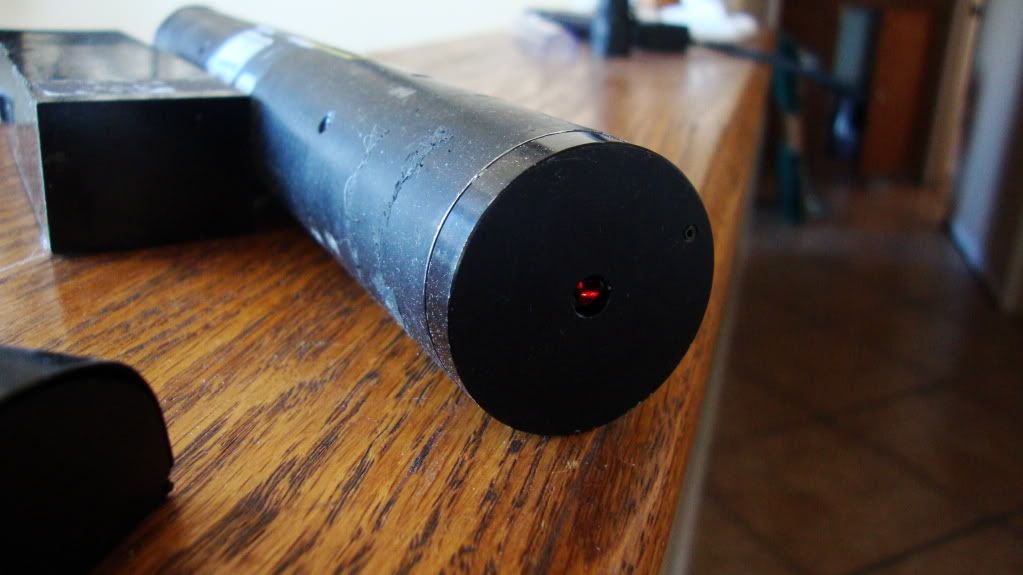
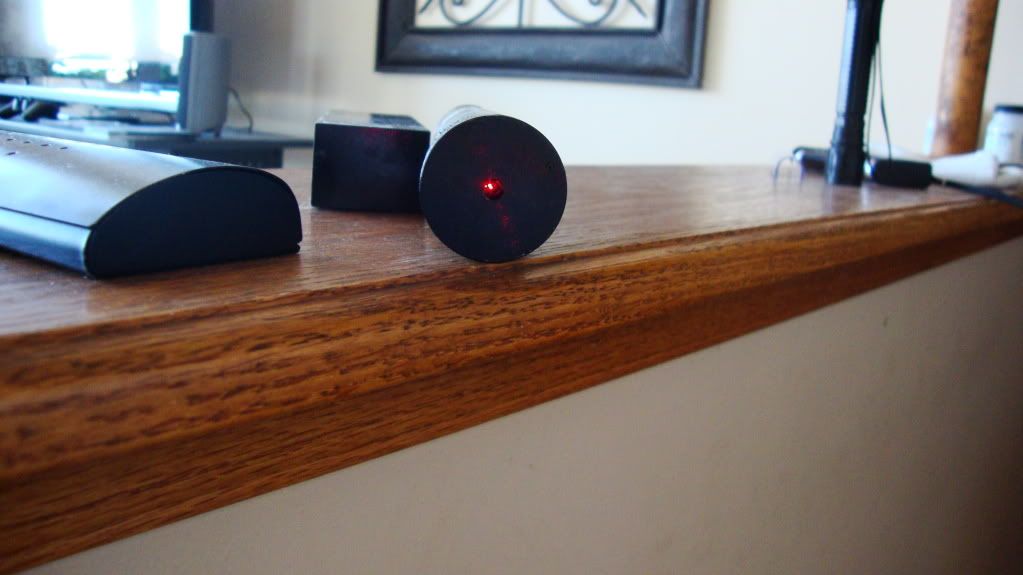
i have a HeNe laser i got off ebay for $25 w/ pwr supply i was wondering if there is any way of removing the outer tube thingy its in revealing the laser tube in all its laser tubey good ness
oh yeah i have pics!








